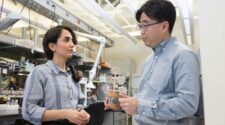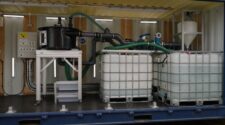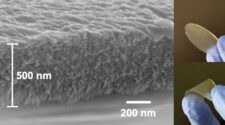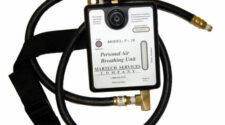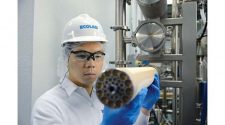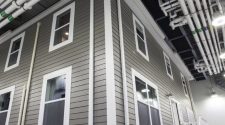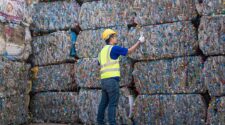Specialty chemicals company LANXESS has developed the Lewatit NM 3367 mixed-bed ion exchange resin to demineralize the water used to charge and top up modern hot water heating systems. “The custom-designed mixed-bed system not only prevents scale formation in the parts of a heating system that convey water but also provides lasting protection against corrosion,” explained Hans-Jürgen Wedemeyer, manager Technical Marketing at LANXESS Deutschland. “This can’t be achieved simply by softening the water,” he added.
Details of the innovation
Lewatit NM 3367 differs from other mixed-bed systems on the market in several respects. The specific mixing ratio takes into account the fact that anion exchange resins generally have a lower capacity than cation equivalents. Were this not allowed for, further anions could react with the hydrogen ions released by the still active cation exchange resin after total loading of the anion exchanger. Carbonic acid would thus be generated from hydrogen carbonate anions, and even more aggressive mineral acids from chloride, nitrate or sulfate. “The higher proportion of anion exchange resin ensures a long service life and thus highly efficient demineralization with the new mixed bed,” explained Wedemeyer.
The system also owes this high efficiency to a special process for reloading the anion exchange resin used, which results in a hydroxide ion loading of over 90 percent. “Because this high loading cannot be reproduced during conventional mixed-bed regeneration, we advise against using regeneration,” continued Wedemeyer.
To ensure this high OH- loading is maintained over a long period during transportation and storage, the anion exchange resin must be protected against carbon dioxide, as bound hydrogen carbonate would otherwise form. Toward the end of the exchange cycle, this would then be displaced by anions with a higher binding affinity, which in turn would enable acid to form. “We use special gas-tight aluminum-coated film packaging to prevent any such subsequent formation of bound hydrogen carbonate. We also offer the mixed-bed system in a handy, relatively small container size of 12.5 liters,” said Wedemeyer. Once containers are opened, the contents can thus be quickly transferred to smaller gas-tight units such as cartridges or used in their entirely to fill a standard exchanger container.
Effective demineralization
The main advantage of demineralization for treating water in the heating circuit is that it removes not only the hardening alkaline earth cations but also their counterions, thereby producing salt-free water with a very low residual conductivity. “Even in the presence of oxygen, there is normally no significant corrosion with conductivities in the 1 μS/cm range,” revealed Wedemeyer. With such low conductivities, however, pH measurements are no longer meaningful because most pH meters require the medium to have a minimum conductivity that would no longer be achieved in this case. Furthermore, even the tiniest quantities of carbon dioxide or ions – from the sides of the glassware, for example – would significantly interfere with any measurement in open systems. “Conductivity is clearly the all-important evaluation criterion in this range,” said Wedemeyer.
If the conductivity increases to a typical switch-off point of 100 μS/cm toward the end of an exchange cycle, however, relevant standards such as VDI 2035 stipulate that a pH window of 8.2 to 9.5 must be complied with to prevent any corrosion. “Our tests revealed that this is ensured when using Lewatit NM 3367,” confirmed Wedemeyer. If the parts of the heating circuit conveying water are made of aluminum, this pH window is even smaller, extending from 8.2 to just 8.5. In such cases, the switch-off point would need to be brought forward to a conductivity of around 5 μS/cm so as to remain within the pH tolerance referred to.
Detailed information about products from the LPT business unit can be obtained online at http://lpt.lanxess.com/en/home/.


